THE world’s population has topped 7 billion. This has simply exacerbated the issue of global hunger, since resources are not evenly distributed and sustainably managed in many parts of the world.
 Although the environment can produce enough food to feed this multitude, hunger continues to plague the world because of our selfish and indiscriminant actions which compromise the natural processes.
Although the environment can produce enough food to feed this multitude, hunger continues to plague the world because of our selfish and indiscriminant actions which compromise the natural processes.
The Statistics
| Research shows that one in every seven persons in the world go to bed hungry and more than 20,000 children under the age of 5 years die daily from hunger. Yet, at least one-third of all food produced is wasted every year. With an expected increase of at least two billion mouths to feed by 2050, global food waste is an increasing issue that is difficult to ignore. Source: http://www.bbc.com/travel/blog/20130410-play-your-part-in-the-global-food-crisis Every year, approximately 1.3 billion tons of food is thrown away, costing $1 trillion according to the United Nations Food and Agriculture (FAO). Almost half of the food waste from developed nations, approximately 300 million tons annually, is still fit for consumption. This amount is even greater than the total food production of sub – Saharan African and is enough to feed the estimated number of hungry persons present in the world today. Source: http://thinkeatsave.org/index.php/about |
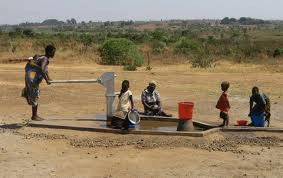 Think.Eat.Save.
Think.Eat.Save.
Food is wasted by almost everyone who has it in abundance. The tourism industry is also a major contributor to this growing issue, with hotels, resorts, restaurants, cafes and airports being some of the biggest culprits.
In January of this year, the FAO set up a Think. Eat. Save campaign to try to change the way we view food. In partnership with the United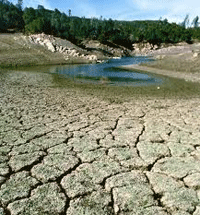 Nations Environment Programme (UNEP), the aim is to reduce food loss along the entire chain – from ‘farm to fork’; increase awareness both on a household level and at a national level; and help both individuals and properties such as hotels measure and recycle food waste.
Nations Environment Programme (UNEP), the aim is to reduce food loss along the entire chain – from ‘farm to fork’; increase awareness both on a household level and at a national level; and help both individuals and properties such as hotels measure and recycle food waste.
You can do something about it!
Whether you are at home or travelling, it is important that you are conscious of the impacts of food waste. A lot of resources go into food production; therefore, deliberate efforts should be made reduce its wastage. Just think about it, to  produce rice for example, the land has to be prepared, watered, insecticides and pesticides need to be applied, it has to harvested, processed, packaged, sold and prepared before it can be eaten. In essence, by wasting one of our main staples we are wasting all the resources that have gone into its production. Wasting food therefore, compromises the ability of the environment to sustain us and ultimately our health and well-being.
produce rice for example, the land has to be prepared, watered, insecticides and pesticides need to be applied, it has to harvested, processed, packaged, sold and prepared before it can be eaten. In essence, by wasting one of our main staples we are wasting all the resources that have gone into its production. Wasting food therefore, compromises the ability of the environment to sustain us and ultimately our health and well-being.
Food waste and commercial kitchens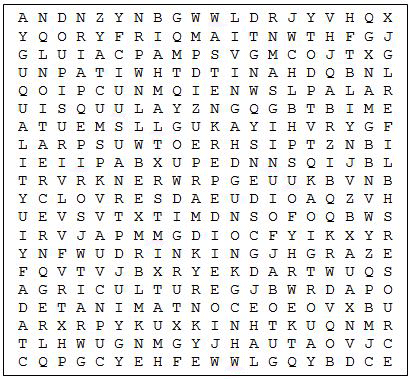
There are many ways in which hotels, restaurants, etc. can seek to reduce food waste:
• Distribute unused food to charities. An example is the Atlantis Paradise Island resort in the Bahamas, which donates meals from its 21 restaurants and 19 bars to Hands for Hunger, a local humanitarian organisation that supports poor local families. Can this not be done in Guyana as well? Many families would welcome such a meal.
• Reduce buffets – especially in hot climates, there is a high tendency for food waste from buffets. Instead of buffets, restaurants can opt for an a la carte menu.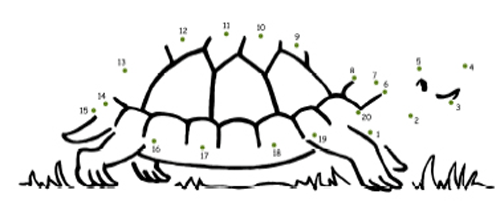 • The correct slicing of fruits and vegetables in hotel kitchens can reduce waste, as can more precise recipes and ordering.
• The correct slicing of fruits and vegetables in hotel kitchens can reduce waste, as can more precise recipes and ordering.
• Food recycling in kitchens means that everything from meat trimmings to cake crumbs can be used in other dishes. Chefs can be creative in reusing morning pastries in lunchtime desserts for example.
• Restaurants can choose to offer half portions and free take home bags for leftover food.
Travelers can do their part by finishing meals completely, avoiding buffets and finding out about food waste policies when they check into hotels or have dinner at restaurants.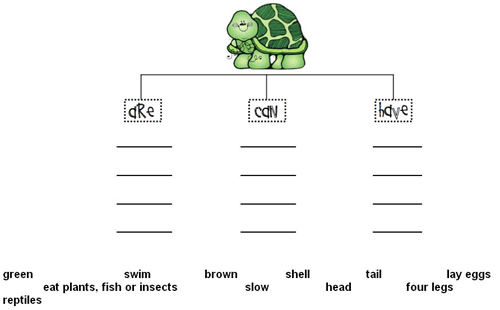
We all need to play our part in this global food crisis. Remember waste not, want not!
References
http://www.bbc.com/travel/blog/20130410-play-your-part-in-the-global-food-crisis
http://thinkeatsave.org/
Kids Activity
Children can play a part in this food crisis too! Use your food waste to create a compost pile!
First select a spot to set up your bin. It should be out of the way but convenient to reach with plenty of room to work around. Some good places would be near your garden or in a back corner of the yard.
For your compost pile to work there has to be an even mix of brown stuff and green stuff to munch on. The pile also needs air and water.
Brown stuff is dead, dried plant parts like leaves. Brown stuff is high in the element carbon. Green stuff is fresh, living parts like grass clippings, kitchen vegetable scraps and fruit peels. Green stuff is high in the element nitrogen.
To build your compost pile:
• Start with the brown stuff by spreading a layer of leaves, newspaper or sawdust about 6 inches thick.
• Next, for the green stuff, add a layer of grass clippings, vegetable scraps or fruit peels a few inches thick.
• Sprinkle each layer with some water.
• Repeat each of the layers until the bin is full.
• Remember to keep turning your compost heap for air to flow through!
• After a few weeks tiny microorganisms would break down your organic matter into compost you can use in your kitchen garden.
You can share your ideas and questions by sending letters to: “Our Earth, Our Environment”, C/O EIT Division, Environmental Protection Agency, Ganges Street, Sophia, GEORGETOWN or email us at eit.epaguyana@gmail.com.



.jpg)








